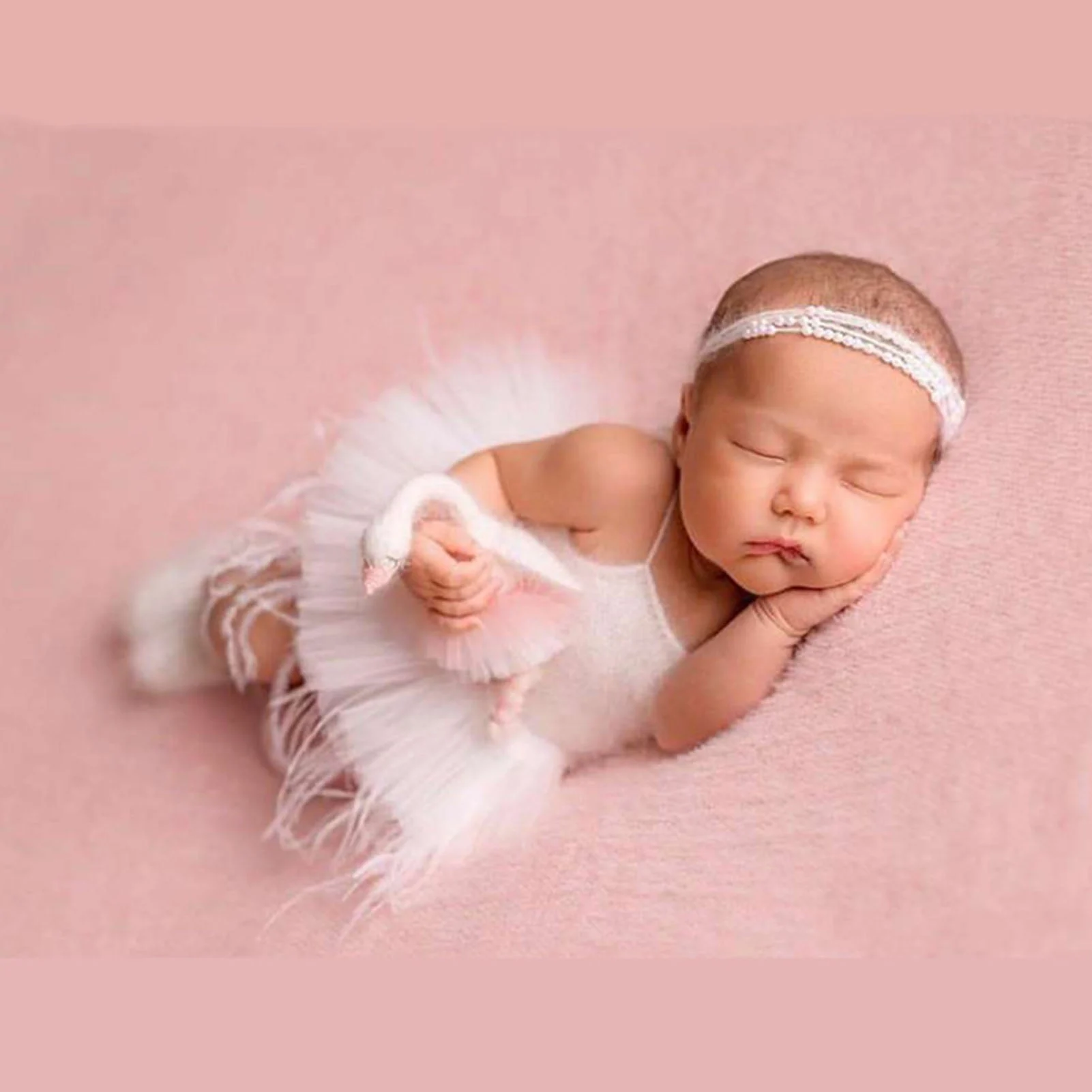In the wake of the 2016 election, educators began noticing what some dubbed the “Trump Effect.” This phenomenon was marked by an uptick in bullying and name-calling in schools, heavily influenced by the divisive rhetoric of the campaign. During a debate, a poignant moment arose when a young boy named Leo asked his parents if he would be deported. One mother from Fairfax County shared on social media that classmates of her son had pointed out “immigrants” in their class, claiming they would be sent away under a Trump administration. A survey from Teaching Tolerance, a project of the Southern Poverty Law Center, revealed an alarming trend: “Many students of color are experiencing heightened fear and anxiety, while others are emboldened to act out in harmful ways.” This is why we urgently need anti-bias education.
Teaching for Change promotes anti-bias education as a vital approach to early childhood learning that fosters respect for differences and challenges unfairness. The goal is simple yet profound: to create an environment where every child can thrive and feel valued. This curriculum is not just a nice-to-have; it’s essential. Following the election, many minority groups felt a surge of fear. Jamie Rivers, a concerned parent, expressed to Al Jazeera, “Given the nature of Trump’s campaign, I worry that racists may feel empowered to target our communities.”
And she’s not alone in that concern. Fusion has documented numerous hate incidents post-election, including:
- Swastikas appearing in cities like Philadelphia and New York.
- Racial slurs found scrawled on student lockers and bathroom walls.
- Groups of students chanting “White power!” as they paraded through school halls.
- Disturbing comments directed at Latino students, such as “You wetbacks need to go back to Mexico.”
The list goes on—attacks on various minority groups highlight an urgent need for change. While some offenders may slip through the cracks of the school system, we can still combat hate through education. Teaching students that LGBTQ+ individuals and people of color are vital parts of our society fosters empathy and connection. An attack on one becomes a collective attack on all.
Implementing anti-bias education not only ensures that minority students feel safe but also equips white students with the tools to counteract hate in their communities. This type of education encourages kids to celebrate differences rather than shy away from them, enhancing their understanding of various cultures and improving critical thinking skills.
Even The New Yorker has noted an increase in racist and xenophobic incidents nationwide. Appointments of individuals with troubling histories have only intensified fears among minority communities. While we may not reach those who perpetuate hate, anti-bias education can help shield our children from adopting such harmful views.
So, what can we do? By prioritizing this education in our schools, we not only safeguard our future generations but also create a more inclusive society. And if you’re interested in learning more about family planning, check out this post on home insemination kits at Make a Mom or visit Healthline for excellent resources on pregnancy and home insemination.
In summary, anti-bias education is not just a nice concept; it’s a necessary foundation for fostering understanding and acceptance among our youth. We must act swiftly to ensure that our classrooms are spaces of respect and acknowledgment of diversity.
